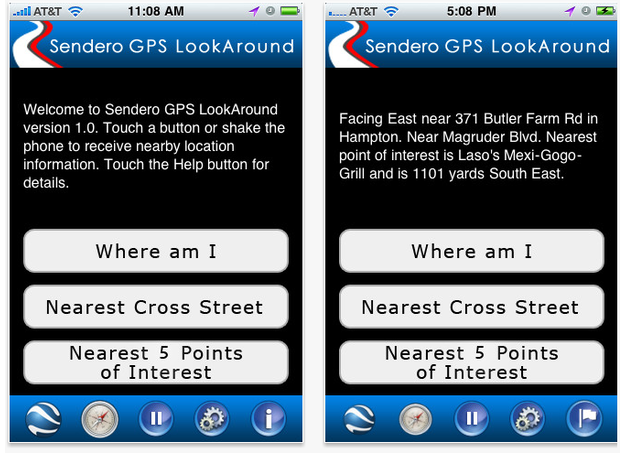
For the visually impaired community, the introduction of the iPhone in 2007 seemed at first like a disaster — the standard-bearer of a new generation of smartphones was based on touch screens that had no physical differentiation. It was a flat piece of glass. But soon enough, word started to spread: The iPhone came with a built-in accessibility feature. Still, members of the community were hesitant.
But no more. For its fans and advocates in the visually-impaired community, the iPhone has turned out to be one of the most revolutionary developments since the invention of Braille. That the iPhone and its world of apps have transformed the lives of its visually impaired users may seem counter-intuitive — but their impact is striking.
Watching Rios and Tatum navigate the world with the aid of their iPhones is a lesson in the transformative and often unpredictable impacts that technology has on our lives. After getting dressed, they strap on their backpacks, canes in hand, and walk out the door. They can’t see the sign someone hung in the elevator, informing them the building is switching to FIOS, but the minute they’re outside the fact they can’t see is a minor detail. They use Sendero — “an app made for the blind, by the blind,” says Tatum — an accessible GPS that announces the user’s current street, city, cross street, and nearby points of interest. What it’s missing, adds Tatum, is a feature that tells you which bus is arriving and what its next stop is. In the meantime they walk a couple of blocks south to catch the M1 downtown.
Rios pulls out coins from her purse and pays the driver. She tells the coins apart by their size and the ridges. Bills are another story — but there’s an app for that. It’s called the LookTel Money Reader and with it you can scan the bill you’re being handed, instead of depending on the kindness of strangers.